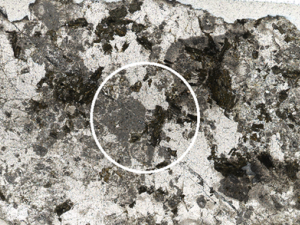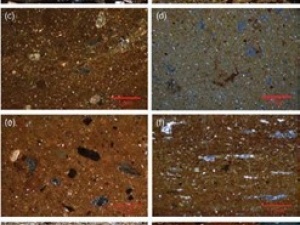Synergistic Use of Vis-NIR, MIR, and XRF Spectroscopy for the Determination of Soil Geochemistry
Abstract
Core Ideas
- Model ensemble, or model averaging, was used to combine vis-NIR/MIR and pXRF model outcomes.
- Synergistic use of Vis-NIR, MIR, and pXRF spectroscopy increased the number of well predicted elements.
- Synergistic use of Vis-NIR, MIR, and pXRF spectroscopy improved the accuracy of predicted elements.
- A combinatorial approach to spectral modeling may be used for routine soil monitoring.
Proposed legislation to secure and maintain soil quality in Europe has generated interest surrounding how best to characterize soil geochemistry, and how to assess and monitor soil contamination. Visible-near infrared (vis-NIR), mid-infrared (MIR), and portable X-ray fluorescence (pXRF) spectroscopy can reduce time and cost associated with new soil monitoring programs. Before becoming deployable, accuracy of these techniques needs to be quantified. This study investigated potential of these techniques to characterize a full suite of soil geochemistry (40 elements), pH, and soil organic carbon (SOC) in a diverse set of agricultural soils from the Irish National Soil Database (NSDB) archive. Cubist models were employed to assess goodness of fit from spectrally derived estimates of each soil property. Then a model ensemble, or model averaging, approach was tested to examine if combining model outcomes of either vis-NIR or MIR with pXRF could improve accuracy of soil property prediction. In total, 15 of the 42 soil properties could be predicted to a good accuracy status using individual spectral methods, mostly achieved by MIR and pXRF. Combining model outcomes of vis-NIR or MIR with pXRF resulted in a positive improvement, increasing the number of soil properties that could be predicted from 15 to 25. Most notably is the large number of trace elements (As, Cd, Co, Cu, Hg, Mn, Ni, and Zn) predicted to good or reasonable accuracy. It was concluded that the synergistic use of vis-NIR, MIR, and pXRF spectral methods is well placed as a tool to permit large scale routine soil monitoring.
Full open access article:
Source: Preview Image: Lucky Team Studio/Shutterstock






